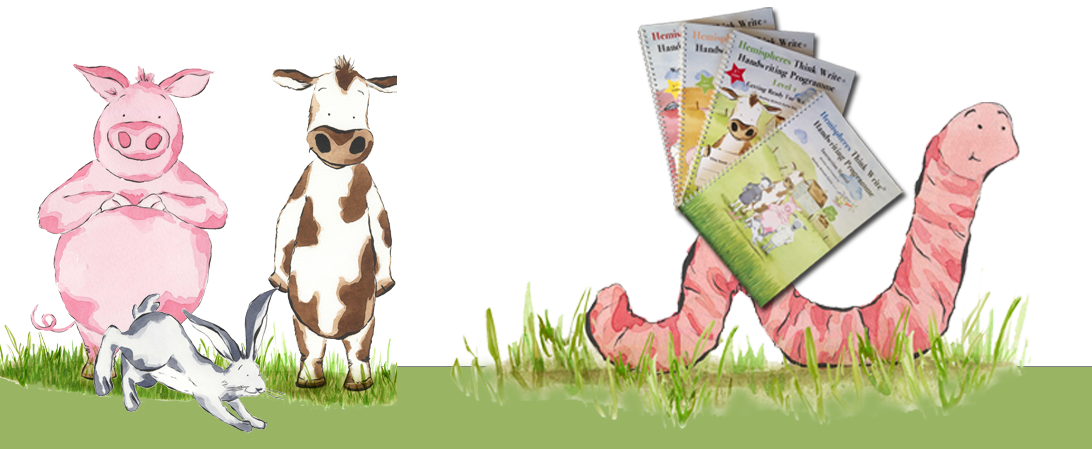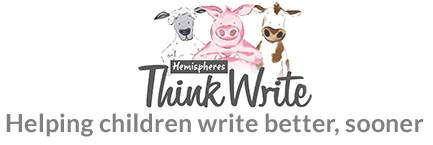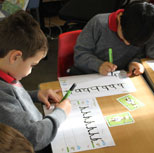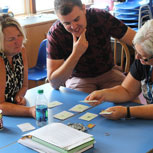Boys versus Girls- Who Benefits most?
Phase 3 Study Data:
Do Boys and Girls Benefit Equally from the HTW Programme?
Aim of the Study: Analysing the same data sample as Phase 3, the data was reviewed to see if there was any difference in the progress according to gender.
Method: All children within two schools (Yateley Manor School and Hall Grove School) were asked to copy a prescribed pangram. Samples were taken every 6 weeks following a baseline sample. The samples were collated and then scored against the same 25-quality statement used in Phase 1 & 2, giving each child a total score of 25.
The 25 statements were categorised into 5 subsections: legibility, size, script, reversals and spatial placement.
Sample: The children were matched for age and gender, and all schools participating were within the independent sector. Samples were taken from 216 children across both schools, 144 were boys and 72 were girls.
Findings: The final scores for all children were compared using Analysis of Covariance (ANCOVA) with fixed effects for school, gender and year. The data did not show any significant difference in the final scores between boys and girls, both benefitting equally. Girls did tend to have an extra 0.5 to 1 point improvement in their total score at each review compared to boys.
In general, girls show greater improvement in the subcategory script, potentially contributing to their slightly higher total score at each review.
In Summary: The Think Write programme benefits both boys and girls equally, and given that the sample was top heavy on male samples, the results indicate that the Think Write is a programme that supports the development of handwriting regardless of gender. The girls did show a small improvement in the overall score, potentially due to their higher scores for script, indicating that girls tend to adopt the joined up writing marginally earlier than boys.

|

Help for children learning to write - A structured handwriting skills development programme
for PARENTS
for THERAPISTS
Sign Up
Terms & Conditions
Privacy Policy
About Cookies
Site Map
The Granary,
Rectory Farm,
Broadway Road,
Lightwater,
Surrey GU18 5SH
Tel: 01276 472 858
enquiries@thinkwrite-learning.co.uk
















 offers all schools a lively engaging way of teaching handwriting
offers all schools a lively engaging way of teaching handwriting